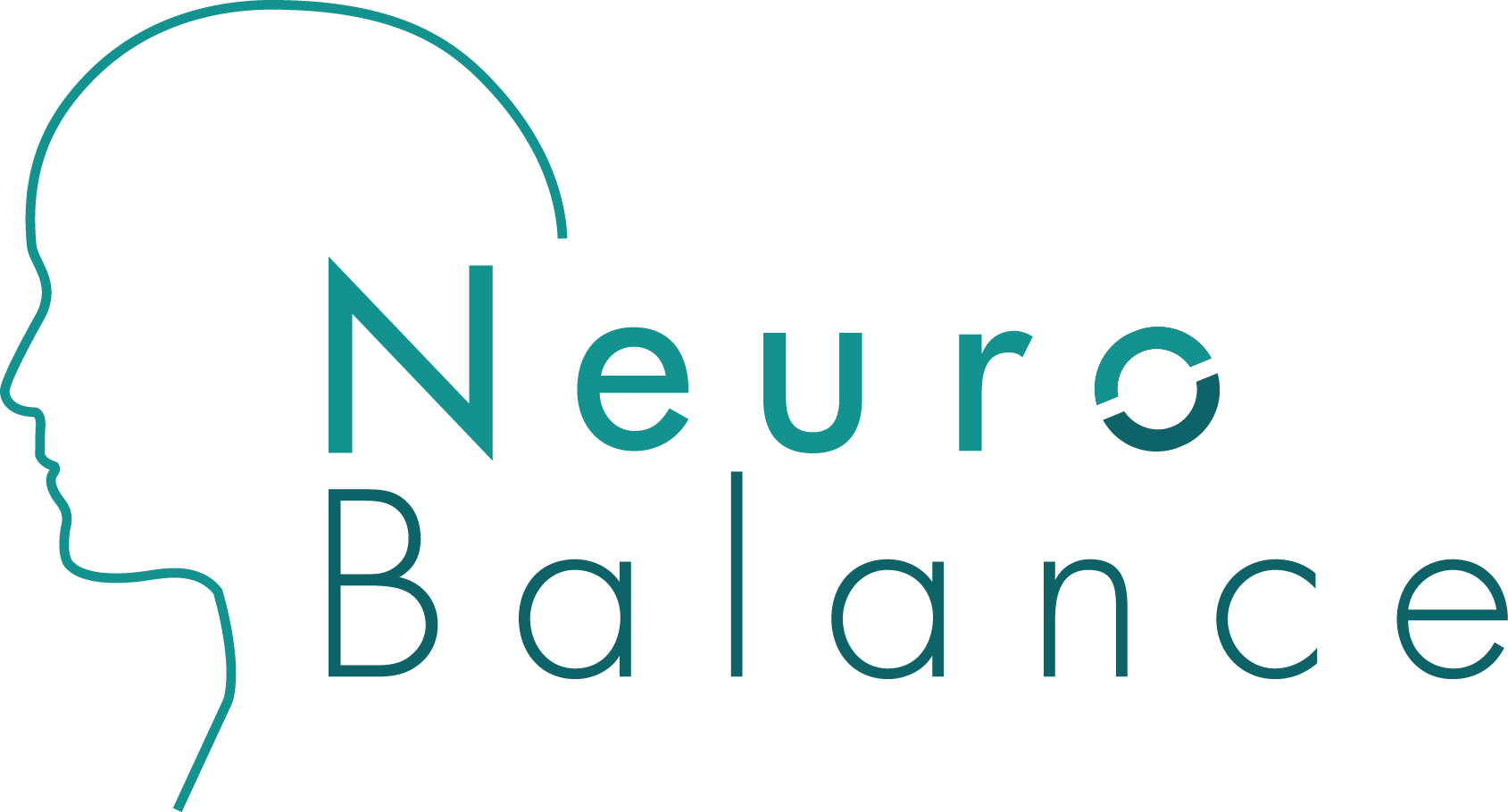The Long Shadow of Childhood Trauma: Implications For Muscle Function in Later Life
Childhood experiences shape not just the psyche but the very fibers of our bodies, influencing health outcomes well into old age. A compelling study conducted by the University of Michigan, recently published in Science Advances, provides insightful data on how early adverse experiences can leave a lasting imprint on muscle function later in life.
The Study's Core Findings
The research delved into the skeletal muscle function of older adults who had experienced adverse childhood events. Utilizing muscle tissue samples from participants aged over 70, the study employed a comprehensive approach combining biological assays, questionnaires, and physical assessments to explore the relationship between early trauma and later-life muscle function.
One of the pivotal findings was the impact of childhood adversity on mitochondrial function within muscle cells. Mitochondria are the powerhouses of the cell, and their ability to produce energy through the process of oxidative phosphorylation is crucial for maintaining muscle health and function. The study found that individuals who reported higher levels of childhood adversity exhibited poorer mitochondrial function, as evidenced by reduced rates of ATP (adenosine triphosphate) production—the primary energy currency of the cell.
Moreover, the study used sophisticated techniques like 31 PMR spectroscopy and high-resolution mitochondrial respirometry to assess muscle bioenergetics and mitochondrial capacity more directly. These methods provided detailed insights into the electron transport chain's efficiency and the overall bioenergetic health of muscle tissue.
Broader Implications
These findings suggest that the scars of childhood trauma go deeper than previously thought, reaching into the cellular machinery that powers our bodies. The implications are profound, as compromised mitochondrial function can contribute to a host of age-related diseases and conditions, affecting everything from physical mobility to metabolic health.
The study underscores the importance of early interventions and support systems for children experiencing adversity, highlighting the potential long-term benefits of such measures on physical health. It also calls for further research to explore therapeutic strategies that might mitigate these deep-seated biological impacts.
Looking Ahead
Understanding the biological pathways through which early life stress affects muscle function can open new avenues for preventing or mitigating the health declines associated with aging. This research not only adds a significant piece to the puzzle of how early life stress "gets under the skin" but also emphasizes the potential for resilience-building interventions that could offset these effects.
For educators, students, and policymakers, this study serves as a critical reminder of the long-term impacts of childhood environments. It highlights an urgent need for comprehensive strategies to reduce childhood adversity and support early-life health, which could have far-reaching implications for aging populations worldwide.
This kind of research, bridging the gap between psychological trauma and physiological outcomes, is crucial for developing more effective public health interventions and for informing societal approaches to health and well-being across the lifespan.
For more detailed information on this study, visit the original articles on Technology Networks (Technology Networks).
-A Balanced Brain is a Better Brain for a Happier Life-
